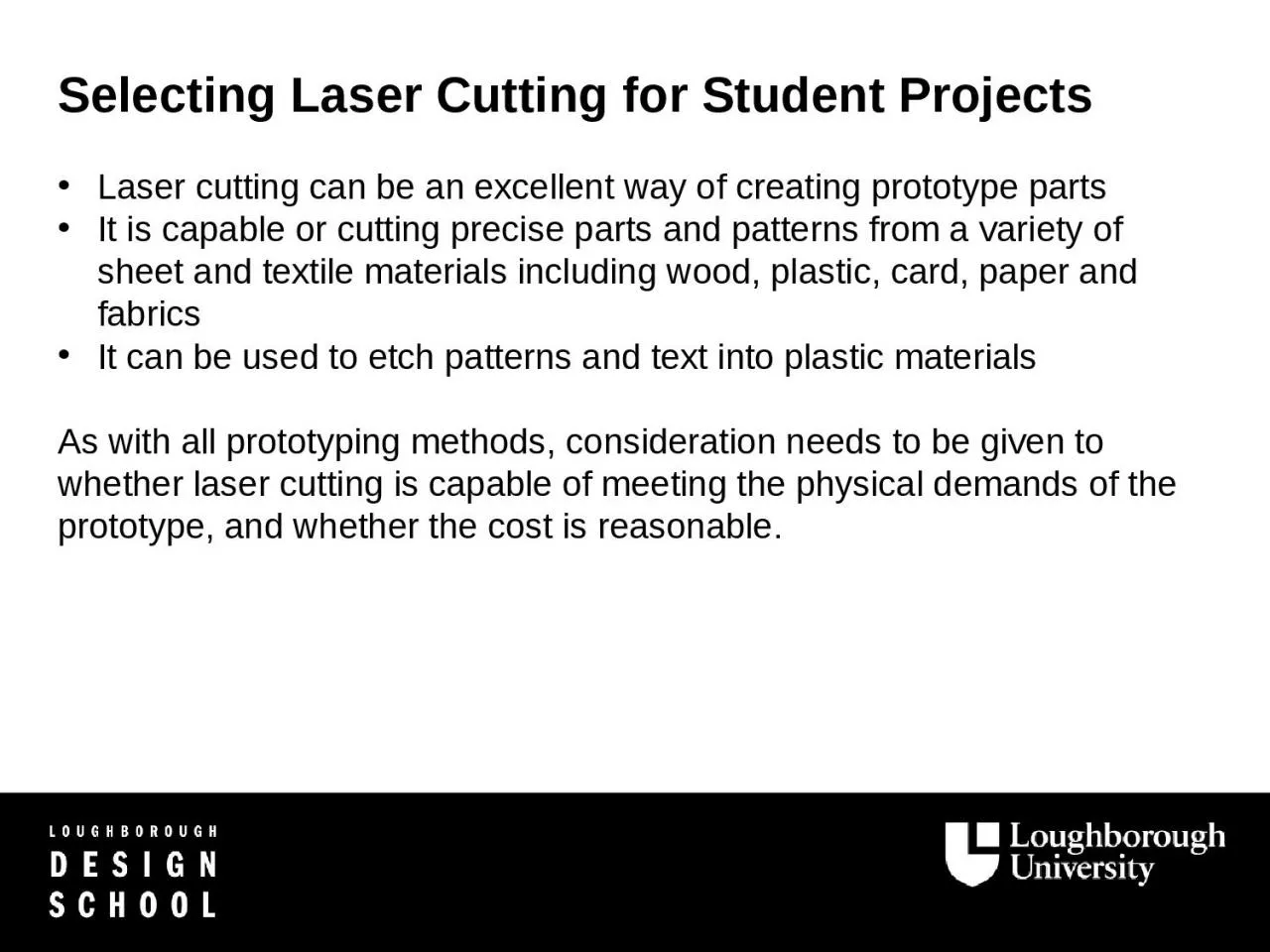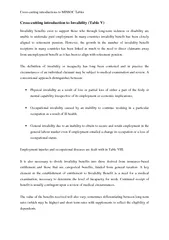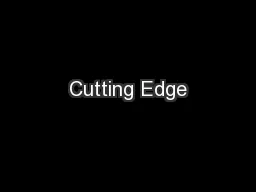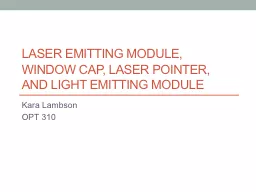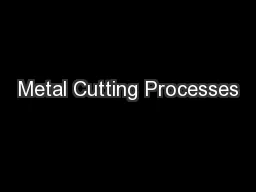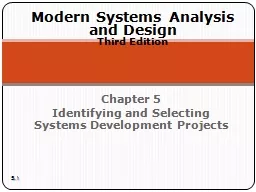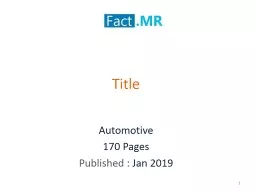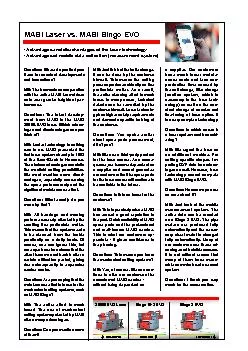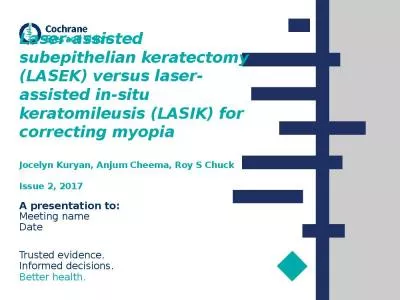PPT-Selecting Laser Cutting for Student Projects
Author : willow | Published Date : 2023-09-22
Laser cutting can be an excellent way of creating prototype parts It is capable or cutting precise parts and patterns from a variety of sheet and textile materials
Presentation Embed Code
Download Presentation
Download Presentation The PPT/PDF document "Selecting Laser Cutting for Student Proj..." is the property of its rightful owner. Permission is granted to download and print the materials on this website for personal, non-commercial use only, and to display it on your personal computer provided you do not modify the materials and that you retain all copyright notices contained in the materials. By downloading content from our website, you accept the terms of this agreement.
Selecting Laser Cutting for Student Projects: Transcript
Download Rules Of Document
"Selecting Laser Cutting for Student Projects"The content belongs to its owner. You may download and print it for personal use, without modification, and keep all copyright notices. By downloading, you agree to these terms.
Related Documents

